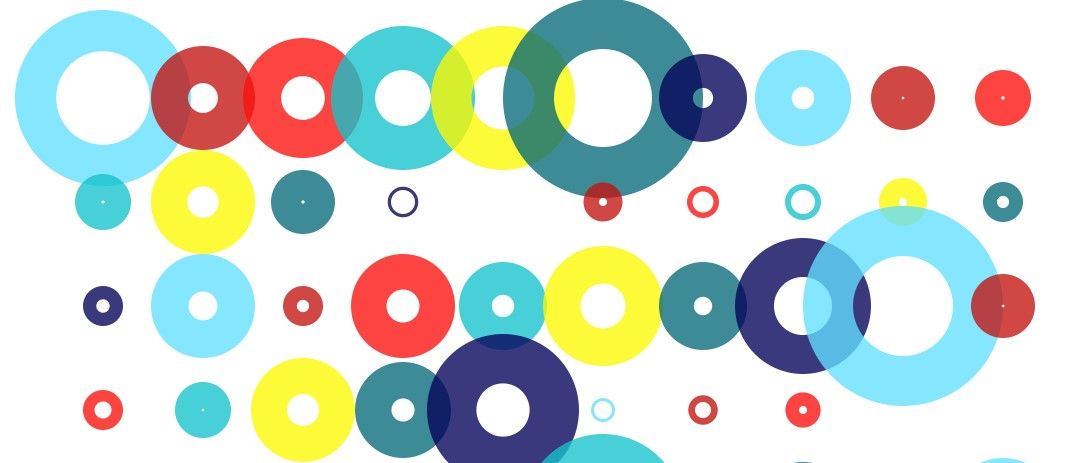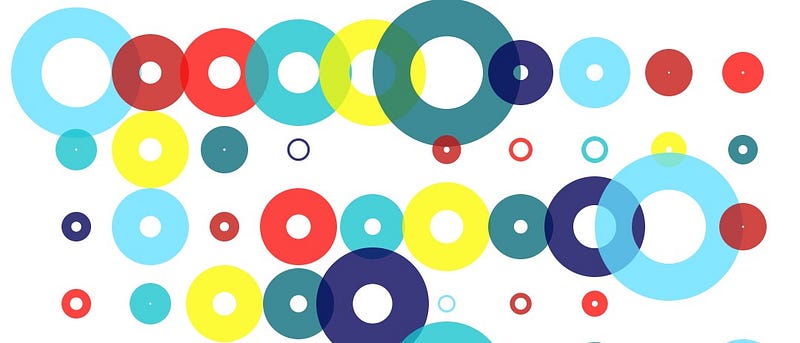
Data Visualisation: No Tools Required
When deciding how to build effective analytics teams, data visualisation often comes up as a requirement. It is no surprise that the role of data visualisation analyst has gained traction with many organisations, even as its scope is not entirely clear. What skills should these visualisation analysts have? What sets them apart from other analysts? What tools should they be familiar with? Particularly the latter question seems to feature at almost every conference.
One of the challenges we face is that, thanks to powerful new applications, creating good looking visualisations is now easier than ever before. The temptation for analysts is therefore to jump straight into displaying data in pixel perfect fashion, without considering whether this is even required. Paradoxically, many organisations complain about drowning in dashboards yet still obsesses about choosing the right Business Intelligence (BI) tool.

Perhaps it is worth taking a step back to consider what data visualisation is and why it matters. Firstly, visualising data can help you understand what type of data you are dealing with. As useful as descriptive statistics and other data exploration techniques can be, data visualisation can provide a much better understanding of the distribution of values in a data set. Likely the best known example of why graphing data is so important is Anscombe’s Quartet.
Secondly, data visualisation can provide a powerful way of communicating information in a way that is much more impactful and digestible than plain text. In the words of American statistician Edward Tufte: “Excellence in statistical graphics consists of complex ideas communicated with clarity, precision, and efficiency.” Particularly when large volumes of data are involved, a picture can truly be worth a thousand words — if not more!
Previously, many organisations primarily leveraged BI data visualisation capabilities in solutions from companies such as SAP, Oracle, and Microsoft. Due to the routine nature of most BI reporting, the average employee did not spend a lot of time considering how to create the most visually engaging data visualisations. The fact that the task of report building was often left to the IT department did not help in driving awareness around this subject either.

That said, we now find ourselves surrounded by accessible BI and data visualisation tools, in that they are not only easy to master, but that they are agnostic in terms of data sources and the wider application landscape. While this might have resolved previous technical challenges, the cultural barriers remain. Hiring a dedicated visualisation analyst is fine, but their impact will be limited if they operate in an organisation that does not understand this.
How to make people understand that data visualisation is not about building charts — but effective communication?
The reality is that these tools are not required to achieve the lion’s share of data visualisation’s potential. After all, a whiteboard is often more useful in telling an engaging visual story during a meeting than the most expensive piece of software. We will not cover this further at this time, but being able to combine this with the right storytelling is one of the most important factors. Only when the right culture and skills exist should tools come into play.
For those who care about sharing insights won from data with their customers and colleagues, the democratisation of data and analytics technologies make this an exciting time. However, it is important to keep in mind that the journey to unlocking the power of effective data visualisation does not start with software or headcount to recruit analysts. While these can be enablers down the road, it starts with the business realising what data visualisation means. In Tufte’s words: “The commonality between science and art is in trying to see profoundly — to develop strategies of seeing and showing.”
— Ryan
Q* - Qstar.ai Newsletter
Join the newsletter to receive the latest updates in your inbox.



